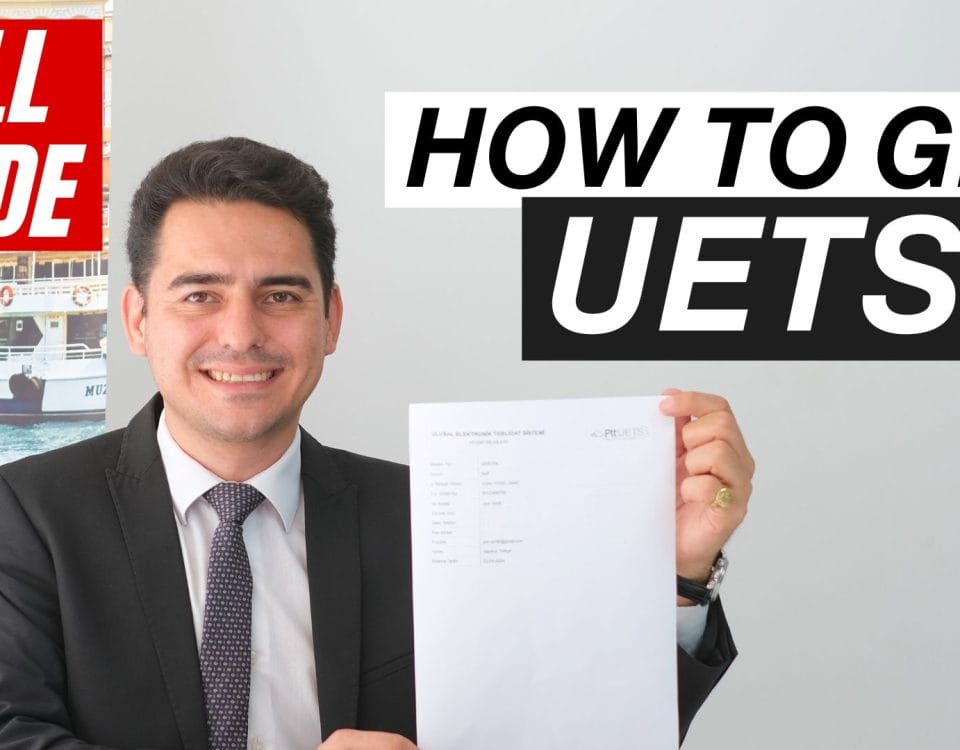Managing Currency Fluctuations: Strategies for Residents
In the ever-evolving landscape of global finance, managing currency fluctuations has become indispensable for residents who engage in cross-border transactions, be it for personal or professional reasons. As exchange rates oscillate with the whims of economic forces, understanding and deploying effective strategies to mitigate their impact is imperative. Individuals must navigate this dynamic terrain with foresight, often requiring a blend of meticulous planning and astute risk assessment to protect their financial interests. The confluence of factors such as interest rate differentials, political instability, and market sentiment can result in unpredictable currency movements, thereby necessitating a comprehensive approach that encompasses hedging techniques, diversified investment portfolios, and vigilant monitoring of the foreign exchange market. Mastery over these strategies empowers residents to not only preserve their capital but also capitalize on opportunities presented by these fluctuations, thus securing their fiscal well-being amidst the complexities of the international monetary system.
Hedging Techniques for Personal Finance
One of the most effective strategies for managing currency risks is hedging through financial instruments, such as forward contracts, futures, options, and swaps. These tools allow residents to lock in exchange rates for future transactions, shielding them from the adverse effects of currency volatility. For instance, a forward contract can be tailored to an individual’s specific needs, ensuring that a future currency exchange—pertinent to an overseas mortgage payment or tuition fee—occurs at a predetermined rate. This technique not only provides peace of mind but also aids in budget forecasting, as it removes the uncertainty of exchange rate fluctuations. Residents who anticipate regular foreign currency requirements should consider establishing a hedging strategy that aligns with their ongoing financial obligations, allowing them to stabilize their expenses regardless of market conditions.
Despite the clear benefits, it’s crucial for individuals to grasp the nuances of hedging instruments before implementation. It involves analyzing personal cash flow, identifying exposure to currency risk, and understanding the costs involved. For example, options contracts offer more flexibility than forwards as they give the right—but not the obligation—to exchange currency at a pre-set rate, which can be advantageous if the market moves favorably, yet they come with a premium. Moreover, residents must consider the term and amount of the hedge to avoid overexposure or underprotection. Striking a balance between securing favorable exchange rates and maintaining liquidity can be a delicate task, yet with careful planning and consultation with financial experts, it is possible to effectively incorporate these instruments into a personal finance strategy, providing a tailored solution that manages currency risk while accommodating an individual’s unique financial situation and goals.
In employing hedging techniques, residents should also remain vigilant about the changing market dynamics and the potential tax implications of such strategies. Diverse hedging methods might be subject to different tax regulations depending on the jurisdiction, which could affect the overall effectiveness and net benefit of the hedge. Consequently, it is paramount to regularly review one’s currency risk management plan with a qualified tax professional to ensure it remains compliant and optimized for the current financial landscape. Keeping abreast of regulatory changes and seeking personalized tax advice can help in sidestepping unintended fiscal consequences, allowing individuals to harness the full potential of hedging techniques in safeguarding personal finances against currency fluctuations.
Navigating Exchange Rate Volatility
Navigating the unpredictable terrain of exchange rate volatility begins with a clear understanding of one’s financial exposure to foreign currencies. Residents who deal with international transactions, overseas investments, or routine remittances must first assess the degree to which currency fluctuations could affect their cash flow and financial stability. This self-assessment allows for the identification of potential risks, empowering individuals to proactively develop strategies tailored to their unique situation. Whether it’s setting up foreign currency bank accounts to facilitate easier transactions, or engaging in regular monitoring of exchange rate trends to inform timely money transfers, establishing a baseline awareness of one’s currency exposure is the foundational step in navigating the choppy waters of foreign exchange markets.
Upon establishing a thorough grasp of their currency exposure, residents can then employ practical strategies to mitigate exchange rate risks. Forward contracts offer a way to lock in exchange rates for future transactions, providing certainty in costs and payments for those who regularly convert large sums of money. Similarly, leveraging currency options allows individuals to hedge against adverse movements while maintaining the flexibility to benefit from favorable shifts in exchange rates. For the more passive financial participant, setting up stop-loss and limit orders with their financial institution can automate currency trades at predetermined levels, effectively managing their exchange rate risks without the necessity of constant market surveillance. Each of these tools serves to provide a measure of control in an otherwise uncertain market, enabling residents to manage their budget and investments with more predictability.
Finally, staying informed and adaptable is crucial in the face of exchange rate volatility. Residents should cultivate a habit of monitoring geopolitical events, economic reports, and market sentiment, all of which can drastically sway foreign exchange rates. Staying abreast of these dynamics enables individuals to respond swiftly to the market’s ebb and flow, aligning their financial decisions with the most current information. Moreover, consulting with financial experts or using sophisticated tools like currency forecasting software can further refine their approach to managing currency risks. In conclusion, by combining a keen awareness of market influences with the strategic use of financial instruments, residents can navigate the uncertainties of currency fluctuations with confidence, ensuring their economic resilience in the global market.
Currency Risk Mitigation for Households
At the household level, currency risk mitigation starts with understanding personal exposure to foreign exchange movements, which often stems from overseas investments, property holdings, or family remittances. Residents must first evaluate the proportion of their income or expenses that is subject to currency risk and then determine the appropriate level of action to take, whether it be through natural hedging—like matching income and expenses in the same currency—or through more deliberate financial strategies such as setting up foreign currency accounts to facilitate smoother transaction flows. This self-assessment allows individuals to lay the groundwork for a personalized currency strategy that aligns with their specific financial goals and risk tolerance, establishing a buffer against the potentially erosive effects of volatile exchange rates on their purchasing power and savings.
Once households have assessed their exposure, the next step involves actively monitoring the currency markets and setting up alerts for desired exchange rates to make timely and informed decisions. Utilizing tools such as forward contracts can lock in exchange rates for future transactions, ensuring budget stability in the face of unpredictable currency fluctuations. Moreover, individuals can explore multi-currency bank accounts or specialized financial products that allow flexibility to hold and manage multiple currencies simultaneously. For families with children studying abroad or for those expecting to make substantial payments in foreign currency, these measures can significantly reduce the financial strain caused by adverse shifts in exchange rates, thereby providing both peace of mind and financial savings over time.
In cultivating a proactive stance towards currency risk mitigation, households should not overlook the benefits of diversification. By spreading investments across different currencies and asset classes, residents can diffuse the risk of currency depreciation affecting their entire portfolio. This strategy may involve the purchase of foreign currency denominated bonds, stocks, or mutual funds, ensuring that some assets have the potential to appreciate in value to offset losses in another part of the portfolio. It’s also prudent to stay abreast of geopolitical developments and economic policies that significantly influence exchange rates, advising timely adjustments to one’s currency strategy. Ultimately, a holistic approach combining diligent research, diversified investments, and the strategic use of financial instruments can shield households from the capricious nature of foreign exchange markets, ensuring long-term financial stability and resilience against currency volatility.






